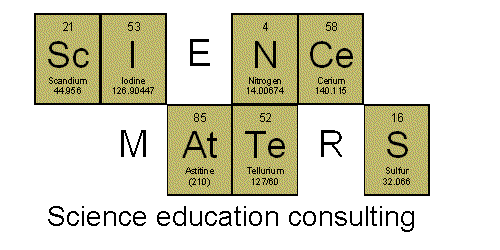
First, a little story...
Back when I first graduated and was looking for a teaching job, I needed to prepare a demo lesson on the 3rd Law of Motion. Being the dilligent (and hopeful) interviewee, I scoured the internet for ideas to bring to the lesson. One of the things I found was to make a Hero's Engine using a soda can. I had never heard of such a thing before, but gave it a shot. Turns out it worked pretty well. Fast forward a few months, when I had a teaching job at a well-supported school with a science lab filled with goodies and gadgets of all sorts... one of those nifty gadgets was a fancy, purchased-from-a-catalog Hero's Engine. Unfortunately, you needed to heat it (with a flame) for it to work and even then it really didn't work!
So, today, I provide you with some guidance for making your own Hero's engine - it's generally safe, it costs next-to-nothing, and it WORKS!
Get an empty, clean soda can out of the recycling. You'll be using a nail to punch holes around the bottom of the can. Before doing any hole-punching, you'll want to plan approximately where you'd like the holes to appear, as you'd like them as evenly spaced as possible.
To make the holes: use a hammer to pound the nail into the can. Once the nail is poking through the can, push it (the nail) to one side, so you create an angled hole (see picture below). Remove the nail and make additional holes. Make sure you angle all of the holes in the same direction.

Lift the tab on the top of the can, so it's sticking straight up. Tie a length of string to the tab.
To use: You'll want to work over a large sink/bin or outside and you'll want to work quickly. Fill the can with water and hold onto the string. The water will come out of the holes in one direction and push/spin the can in the opposite direction. Can be used as a demonstration or as one station in a series of activities related to the 3rd Law of Motion.

































